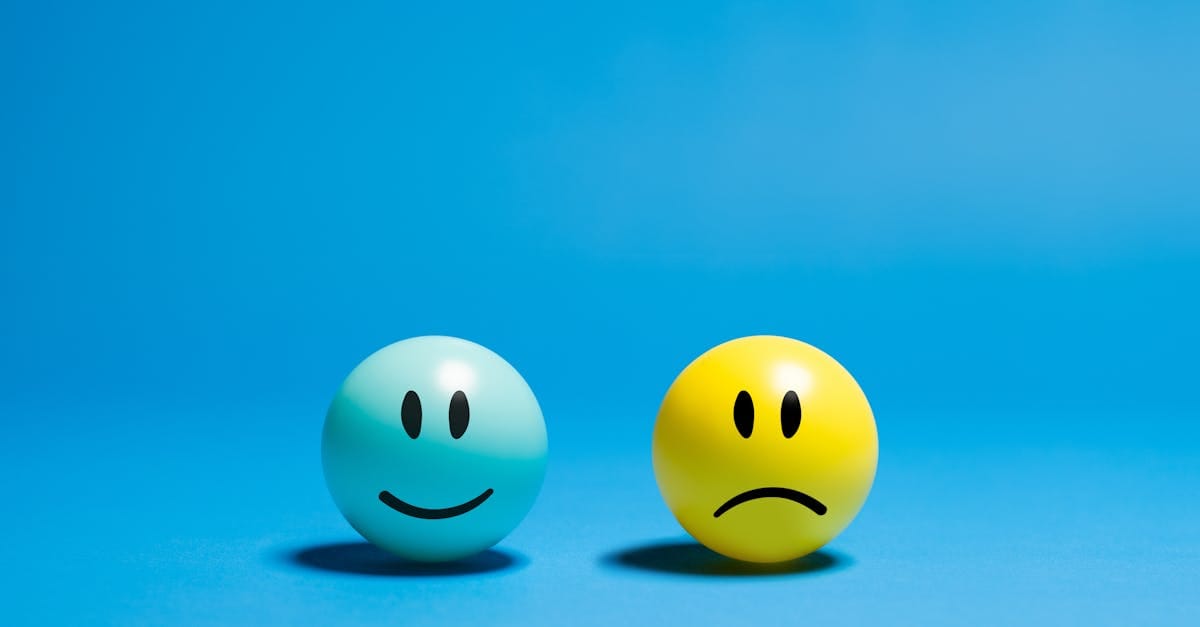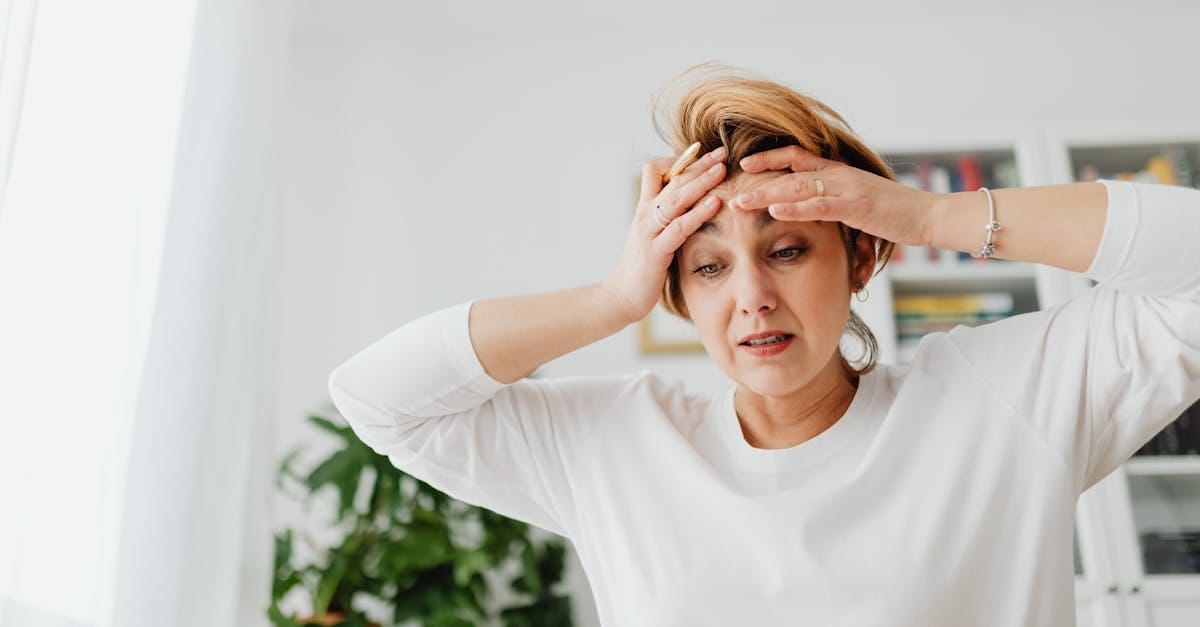This article explores the profound impact of color on our emotions and well-being in interior design. It emphasizes how different colors evoke specific feelings; for instance, warm tones like red can energize spaces, while cool tones like blue promote tranquility. Practical advice on selecting color palettes that enhance mood and atmosphere will be provided, encouraging a thoughtful approach to color pairing. Additionally, the article will discuss the role of color psychology in creating environments that resonate with personal intentions, paving the way for homes that are not only aesthetically pleasing but also emotionally supportive.
Current Trends in Home Painting and Remodeling
In today’s fast-paced world, homeowners increasingly seek to create personal sanctuaries that reflect their unique styles and personalities. With a variety of painting and remodeling options available, it’s essential to stay updated on the latest trends to elevate the aesthetic and functionality of living spaces. As more individuals recognize the powerful impact of color and design on their overall well-being, the demand for innovative and practical solutions in home improvement continues to surge.
This article will explore emerging trends in painting techniques, popular color palettes, and innovative materials being utilized in home remodeling projects. By understanding the current landscape of interior design, homeowners can make informed decisions that not only beautify their spaces but also enhance their emotional well-being. From selecting the perfect hues that evoke desired feelings to incorporating sustainable practices in renovations, the options are endless. Join us as we delve into the world of modern home painting and remodeling, uncovering practical tips and inspiring ideas for transforming any space.

| Color | Emotional Impact |
|---|---|
| Red | Stimulates passion and energy. |
| Blue | Promotes calmness and trust. |
| Yellow | Evokes happiness and optimism. |
| Green | Symbolizes growth and harmony. |
| Purple | Encourages creativity and luxury. |
| Orange | Boosts enthusiasm and sociability. |
| Gray | Offers a neutral sophistication but may feel cold in excess. |
Current Trends in Home Painting and Remodeling
The world of home painting and remodeling is constantly evolving, driven by a blend of innovative materials, emerging color palettes, and an ever-growing awareness of psychological impacts. Homeowners looking to enhance their living spaces are increasingly focusing on creating environments that reflect their personal style while fostering well-being. Let’s explore the current trends in painting and remodeling that are making waves in home design today.
The Psychology of Color in Interior Design
Color plays a crucial role in interior design as it can stimulate emotions and influence perceptions. Understanding the psychological aspects of color is essential when selecting hues for home decor.
Emotional Responses and Color Choices
Different colors evoke specific emotions and can significantly change the atmosphere of a room. For instance:
- Red: Often associated with passion and energy, red can invigorate a space and stimulate conversation.
- Blue: Known for its calming properties, blue is ideal for bedrooms or areas meant for relaxation.
- Yellow: This cheerful color promotes happiness and optimism, making it perfect for kitchens or playrooms.
- Green: Reflective of nature, green symbolizes growth and harmony, thereby creating a refreshing environment.
- Purple: Often linked with luxury and creativity, purple can inspire imagination in creative spaces.
Current Color Trends in Home Interiors
In recent years, certain colors have taken precedence in home interiors due to their versatility and emotional appeal. Popular options include:
Earthy Tones
Colors like deep greens, terracotta, and muted browns bring a sense of warmth and connection to nature. These earthy tones create cozy spaces that resonate with the current trend for sustainability and eco-conscious living.
Soft Pastels
Soft pastel shades, such as dusty pinks, light blues, and gentle yellows, are gaining popularity due to their ability to create light, airy environments. These colors can help make smaller spaces feel larger and more inviting.
Monochromatic Schemes
Monochromatic color schemes, featuring various shades of a single color, create a sophisticated look. This trend is especially appealing for modern and minimalist designs, offering both style and serenity.
Innovative Techniques and Materials
Advancements in painting techniques and materials are changing how homeowners approach their projects. Here are some notable innovations:
Textured Finishes
Textured wall finishes, such as stucco or plaster, add depth and character to a space. These can enhance the aesthetic appeal of a room while also offering practical benefits, such as improved acoustics.
Eco-Friendly Paints
With increasing awareness of environmental issues, eco-friendly paints made from natural ingredients are gaining traction. Low-VOC and zero-VOC options minimize air pollution and are safer for both the environment and indoor air quality.
Remodeling Trends That Resonate
Alongside painting trends, remodeling practices are shifting to focus on functionality and comfort. Here are some prominent remodeling trends:
Open-Concept Living
The open-concept layout continues to be popular among homeowners looking to enhance sociability and flow within their spaces. By removing walls and combining the kitchen, dining, and living areas, families can enjoy shared experiences and foster connections.
Kitchen Upgrades
The kitchen is often considered the heart of the home, and current trends reflect this sentiment. Upgrading fixtures and fittings, incorporating smart appliances, and using durable materials like quartz countertops enhance functionality while adding modern aesthetic appeal.
Outdoor Spaces
As outdoor living spaces become an extension of the home, remodeling efforts are focused on creating functional and appealing outdoor areas. Features like patios, decks, and outdoor kitchens allow homeowners to enjoy nature while entertaining guests.
Practical Tips for Home Painting and Remodeling
When planning your painting and remodeling projects, consider the following practical tips:
Assess Your Space
Before selecting a color palette, consider the room’s lighting and layout. Natural light will influence how colors appear throughout the day. Experiment with paint samples to see how different shades interact with existing furnishings and decor.
Set a Budget
Establishing a budget is crucial for any remodeling project. Plan for both materials and labor costs to avoid overspending. Explore options for DIY projects to save money or consider hiring professionals for complex jobs.
Select Colors Wisely
Choose colors that not only reflect your style but also harmonize with the atmosphere you wish to create. Consider how different areas of your home can tell a cohesive story while catering to the emotional needs of its inhabitants.
Resources and Further Reading
For more insights into selecting color palettes and understanding color psychology, consider exploring these resources:
- Color Moods and Palettes – This guide elaborates on the emotional responses related to various colors and their application in home design.
- Color Conflicts in Home Design – A resource that addresses common dilemmas in color selection and how to resolve them effectively.
Renovating and painting your home represents a unique opportunity to express personal style while fostering an environment that supports well-being. By paying attention to current trends, understanding color psychology, and embracing innovative techniques, creating a home that resonates with positivity and aesthetic appeal becomes attainable.

Transform Your Home Today!
Elevate your living space with our expert painting and renovation services. Experience a personalized consultation that ensures every detail aligns with your vision, enhancing both aesthetics and value. Don’t wait to create the home of your dreams—get started now!
Current Trends and Tips in Home Painting and Remodeling
Trendy Color Palettes
- Earthy Tones: Greens and browns are rising in popularity, creating a connection with nature. These hues help to evoke a sense of warmth and harmony within spaces.
- Bold Accent Colors: Using vibrant accents like teal or mustard can bring life to neutral settings. Accents can be applied through furniture, artwork, or decorative elements.
- Soft Pastels: Pastel shades like mint green and soft pink remain a favorite for creating calm and inviting environments, perfect for bedrooms and relaxation areas.
- Dark Shades: Deep blues and rich charcoals are trending, as they add sophistication and drama to modern homes.
Innovative Techniques
- Textured Finishes: Consider integrating textured paint or wall finishes to add depth. Techniques like sponge painting or rag rolling can create unique visual effects.
- Smart Paints: Explore the use of smart paints that adapt to lighting changes, enhancing the dynamics of your space.
- Color Blocking: This method involves painting walls in blocks of contrasting colors to create a lively and engaging look, optimizing the emotional response of a room.
Practical Tips for Home Painting
- Test Before You Paint: Always try color samples on your walls before committing. Observing how colors change with different lighting conditions can lead to more satisfying choices.
- Balance Warm and Cool Tones: When selecting colors, be mindful of balancing warm and cool tones to create an inviting atmosphere. For instance, pair warm yellows with calm blues for harmony.
- Consider Room Function: Think about the purpose of each space. Colors like yellow are invigorating, making them suitable for kitchens, while blues promote tranquility—ideal for bedrooms.
- Embrace Nature: Incorporate greens and earthy tones that not only reflect sustainability but also create a serene environment, reminiscent of outdoor tranquility.
Current Remodeling Trends
- Open Spaces: Many homeowners are opting for open concept designs that enhance flow and light, often painted in cohesive color schemes to unify the space.
- Multi-Functional Rooms: As homes become more versatile, spaces that serve multiple purposes are popular. Use color zoning to differentiate areas within a single multi-functional room.
- Indoor-Outdoor Living: Creating a seamless transition between indoor and outdoor spaces with similar color themes and materials is increasingly desired, promoting a holistic living experience.
Frequently asked questions
Glossary of Key Terms in Home Painting and Remodeling
- Color Psychology
- The study of how colors affect human behavior and emotions, particularly in interior spaces.
- Accent Color
- A color used in a room to provide contrast and focus, usually more vibrant than the main color.
- Monochromatic Scheme
- A color scheme that uses different shades and tints of a single hue to create a cohesive look.
- Complementary Colors
- Colors located opposite each other on the color wheel, used to create dynamic and energetic contrasts.
- Texture
- The surface quality of a material; in painting, it refers to how a surface feels or appears visually.
- Primer
- A preparatory coating applied before paint to improve adhesion and durability of the finish coat.
- Finish
- The surface sheen of paint, which can range from flat to glossy, affecting both aesthetics and durability.
- Focal Point
- A visually dominant area in a room or design that draws attention and anchors the overall composition.
- Remodeling
- The process of changing the structure or appearance of a room or space, often involving significant updates or alterations.
- Hue
- The attribute of a color that enables it to be classified as red, blue, green, etc.; essentially the color itself.
The exploration of Designing with Purpose: Colors for the Mind and Mood emphasizes the profound impact that color has on our emotional and psychological well-being within our living spaces. By consciously selecting hues that align with the intended atmosphere of each room, it is possible to create environments that promote calmness, creativity, or energy. Understanding the psychological effects of colors, from the serenity of blue to the vibrancy of yellow, allows for the crafting of spaces that not only appeal aesthetically but also foster a positive emotional experience. Readers are encouraged to apply the insights gained about color psychology in their home design endeavors, transforming their surroundings into reflective, harmonious sanctuaries.
Choosing Calming Hues
For spaces intended for relaxation, such as bedrooms or meditation areas, colors that promote tranquility are essential. Opt for shades that evoke a sense of calm and serenity.
- Soft Blues: Ideal for bedrooms, as they reduce stress and enhance focus.
- Gentle Greens: These shades symbolize renewal, making them perfect for living rooms.
- Muted Neutrals: Soft beige or light gray can create a peaceful backdrop for relaxation.
Incorporating Energetic Colors
Designing spaces for creativity and activity, like home offices or playrooms, calls for colors that stimulate energy and excitement.
- Vibrant Yellows: Bright yellows can stimulate joy and enhance focus, making them perfect for kitchens or study areas.
- Bold Reds: Use red as an accent to ignite passion and energy in workspaces.
- Dynamic Oranges: This color encourages social interaction and enthusiasm, great for family rooms.
Creating Balance with Pairings
For a cohesive atmosphere, thoughtful color pairing can enhance the emotional ambiance of a space.
- Complementary Colors: Pair warm tones like orange with tranquility-inducing blues to create a dynamic yet balanced environment.
- Analogous Colors: Use colors next to each other on the wheel, like greens and blues, to maintain harmony.
- Monochromatic Schemes: Different shades of a single color create sophistication, allowing for depth without clutter.
Transform Your Home with Expert Painting and Remodeling Services
Upgrade your living spaces with our professional painting and remodeling solutions. Experience the joy of a beautifully enhanced home that reflects your style and offers a truly comforting atmosphere. Don’t wait any longer—let us help you bring your vision to life!
Sophia Torres is the creative mind behind the most dazzling transformations at TS Painting & Restoration. With a strong background in interior design and a deep passion for tropical color palettes, she has helped hundreds of clients revitalize their spaces into vibrant and inviting environments. Born in Colombia and raised in Florida, Sophia brings a unique perspective to her work, blending Latin American influences with modern design trends.
Sophia’s vision of color goes beyond the conventional. She is known for her ability to create bold and unexpected combinations that reflect Florida’s natural beauty. Her focus on color psychology and strategic use of tones allows her to transform any environment, making each project a showcase of her clients’ personal style. On her blog, she shares practical tips on how to choose colors that not only beautify but also enhance emotional well-being and create harmony in the home.
When not working, Sophia enjoys exploring art galleries, experimenting with DIY projects, and finding inspiration in Florida’s lush landscapes. For her, design isn’t just about aesthetics; it’s about creating spaces that tell a story, reflect the identity of those who live there, and evoke positive emotions. At TS Painting & Restoration, Sophia is committed to helping homeowners discover how colors can transform their homes into true havens of tranquility and beauty.


